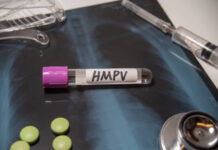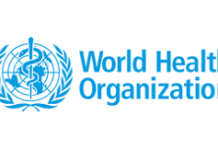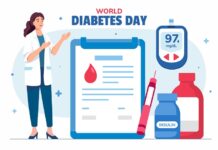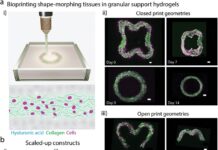USA: A pilot study from the AT HOME-HF trial has demonstrated that subcutaneous (SC) furosemide, a novel method of administering diuretic therapy, may help alleviate symptoms and improve functional capacity in patients with heart failure (HF) experiencing worsening congestion. However, the study did not meet its primary efficacy endpoint, which included cardiovascular death, heart failure events, and changes in N-terminal pro–B-type natriuretic peptide (NT-proBNP).
Heart failure frequently results in significant fluid retention, leading to increased congestion and difficulty breathing. Typically, such cases require hospitalization for intravenous diuretics to relieve symptoms. There is a need for therapies that can address worsening congestion without requiring hospital admission in patients with chronic HF.
In this context, Marvin A. Konstam from Tufts Medical Center and Tufts University School of Medicine in Boston, along with his colleagues, conducted a pilot study to compare the outcomes of a new SC furosemide formulation against standard care in outpatients with worsening congestion.
As reported medicaldialogues.in, participants with chronic heart failure and worsening congestion were randomly assigned in a 2:1 ratio to receive either SC furosemide or usual care (UC) in an open-label study. Decongestion was monitored by tracking changes in body weight. The primary endpoint was a win ratio based on a 30-day hierarchical composite of cardiovascular death, heart failure events, and changes in NT-proBNP. Secondary endpoints included the severity of dyspnea, functional capacity, and quality of life.
Key findings from the study included:
– Thirty-four participants received SC furosemide and 17 received UC. SC furosemide resulted in greater weight reduction, with a between-group difference in least square mean change of −2.02 kg by day 3.
– The SC furosemide-to-UC win ratio was 1.11.
– Significant between-group least square mean differences in favor of SC furosemide were observed in the 7-point dyspnea score and the 6-minute walk test, along with a trend toward improvement in the Kansas City Cardiomyopathy Questionnaire (KCCQ)-12 Overall Summary Score of 9.15.
– The most common side effect associated with SC furosemide was mild infusion site pain (11.8%).
The results showed that SC furosemide led to greater weight loss in patients with heart failure and worsening congestion.
“Although the pilot study did not reach statistical significance for its composite primary endpoint, the observed improvements in dyspnea scores, functional capacity, and a positive trend in the KCCQ-12 score indicate that further research is warranted to thoroughly evaluate the clinical potential of SC furosemide as an alternative to hospitalization,” the researchers concluded.
























